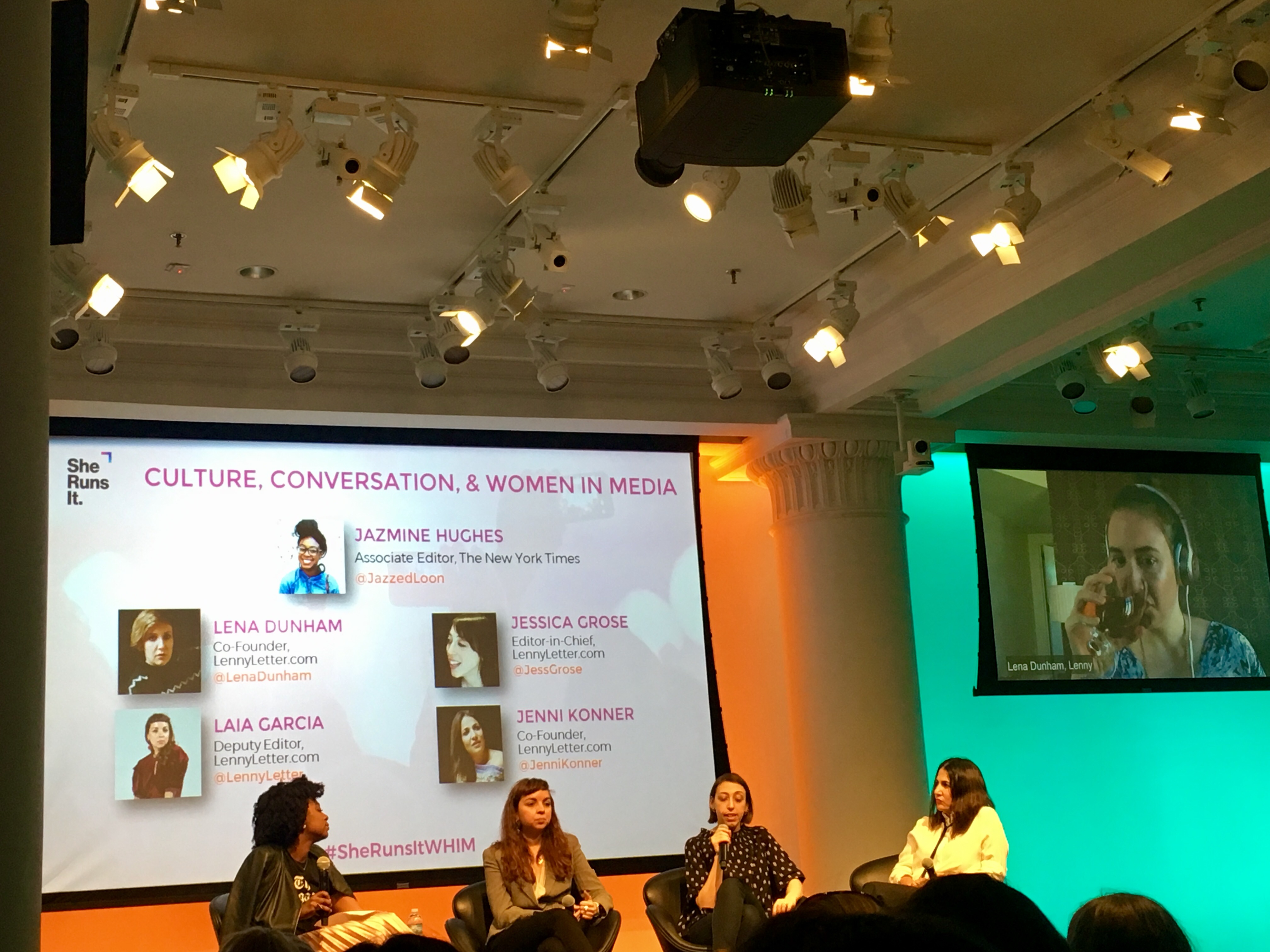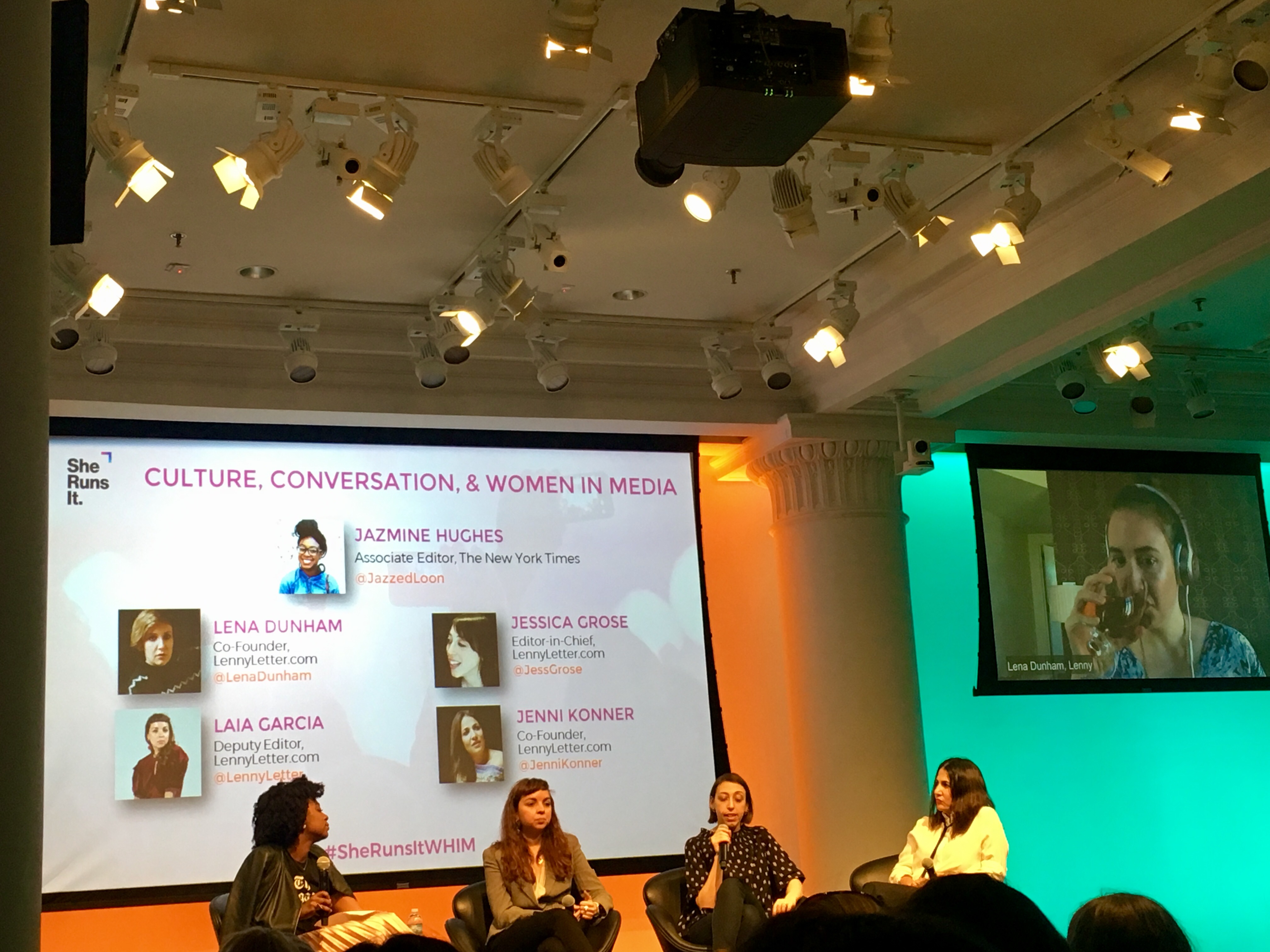Author: Erin Nelson / Source: The Content Strategist The origin story for Lenny Letter, the feminist newsletter launched by Girls co-creat
The origin story for Lenny Letter, the feminist newsletter launched by Girls co-creators Lena Dunham and Jenni Konner, starts back in 2014. Dunham was on a book tour to promote her essay collection Not That Kind of Girl, and at each event, she spoke with communities of women interested in their rights, bodies, and relationships to one another.
“They weren’t just there to meet me,” Dunham explained on a panel during She Runs It’s “2017 What’s Hot in Media” conference. “They were there to connect with each other. We wanted to tap into that.”

Just about every new media company wants to start a blog that can serve as a central hub for content. The blog facilitates movement between the site and social channels, and is ripe for ad space. What’s striking about Lenny Letter is the way the newsletter format has been able to foster such deep and loyal readership.
Lenny Letter works as follows: Friday newsletters feature interviews. The Tuesday newsletter is filled with personal essays, short stories, poetry, and even branded content. The emails cover a range of political, cultural, and professional topics with the same brazen creativity that has come to define Girls.
From the beginning, the Lenny team has interviewed dozens of other women artists, controversial professionals, and politicians about their work and experience combatting gender bias in male-dominated industries. In Lenny Letter’s inaugural edition, Dunham interviewed Hillary Clinton about her civic involvement in the 1960s, swimming illegally in the Wellesley campus pool, and gutting salmon in Alaska. The team later released a video clip from the interview where Dunham and Clinton discuss campus assault.
The key was to develop what Dunham described as a “snark-free space,” where women could safely share their ideas and commenters “didn’t have the opportunity to become their worst selves.”
“A lot of women feel really powerless right now.”
“The ‘no comments’ feature was very much by design,” Konner said. “There is also something very intimate about [that medium].”
The small team of editors work with writers and designers from all fields, many…

COMMENTS